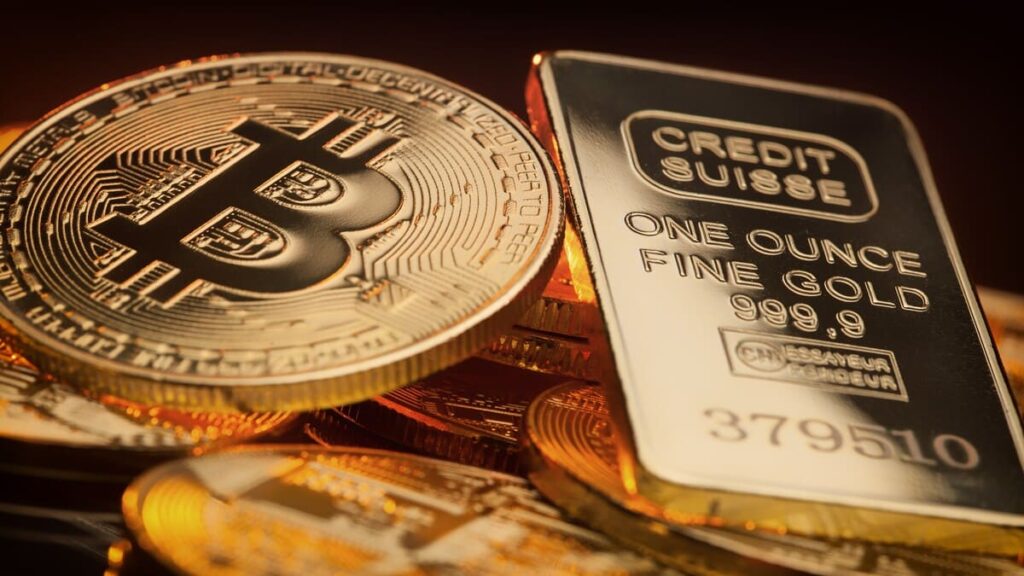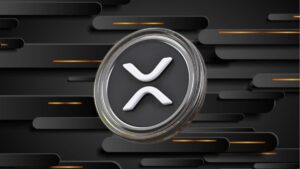TL;DR
- Tokenizing gold on the blockchain could increase transparency, but it depends on centralized entities, which conflicts with Bitcoin’s decentralization principles.
- Despite the differences, it could indirectly help Bitcoin’s adoption by raising awareness about cryptocurrencies and blockchain technology.
- It is crucial to differentiate between centralized and decentralized assets to avoid diluting Bitcoin’s core values and ensuring its integrity as a decentralized digital currency.
In recent years, the crypto industry has undergone exponential growth. At the same time, discussions about how to integrate blockchain technologies into traditional sectors have increasingly intensified. One of the latest ideas is the tokenization of U.S. gold reserves on the blockchain, a concept that, while seemingly distant from Bitcoin’s decentralized approach, could have implications for its adoption.
Gold Tokenization: A Step Toward Transparency, but with Limitations
The proposal to track U.S. gold reserves on a blockchain has gained significant attention, with supporters such as Elon Musk and some government officials backing the idea. The goal is that by digitizing the gold reserves on a blockchain, transparency in their movement would be ensured, and auditing of these reserves would be facilitated. However, this approach doesn’t fully align with Bitcoin’s foundational principles.
Bitcoin is a digital currency that, by nature, does not rely on any central entity. It was designed to operate in a completely decentralized manner, eliminating the need for intermediaries. In contrast, while the tokenization of gold may increase transparency in tracking reserves, it would still rely on centralized entities for its management and validation. This makes gold tokenization incompatible with some aspects of Bitcoin’s underlying philosophy.
The Impact on Bitcoin’s Adoption
Despite the fundamental differences between gold tokenization and Bitcoin, some analysts, like Greg Cipolaro from NYDIG, suggest that the idea of tracking gold on the blockchain could indirectly benefit Bitcoin. While gold tokenization doesn’t directly compete with cryptocurrencies, it could raise awareness about the advantages of blockchain technology and cryptocurrencies in general. As more people become familiar with how blockchain works and its applications, Bitcoin’s adoption could accelerate.
The mere fact that governments and large institutions begin using blockchain to track traditional assets could normalize the technology, allowing Bitcoin and other cryptocurrencies to gain more acceptance, both in markets and society at large. While it’s true that gold tokenization won’t eliminate the issues associated with centralized assets, its implementation could open the doors to a greater understanding and adoption of decentralized digital assets.
A Clear Distinction Between Centralized and Decentralized Assets
One of the most relevant aspects of this discussion is the need to clearly differentiate between centralized and decentralized assets. While gold tokenization could help in terms of transparency and facilitate tracking, the principles that govern Bitcoin do not allow it to be managed by centralized entities. Bitcoin users value the autonomy and privacy offered by the network, something that gold tokenization, relying on traditional institutions, cannot guarantee in the same way.
Additionally, the concept of tokenization could bring risks related to trust in centralized entities, which goes against Bitcoin’s principle of avoiding any kind of centralized control. Therefore, it is essential to maintain a balance between adopting new technologies and preserving the core values that have made Bitcoin what it is today: a fully decentralized digital currency.

Conclusion
Although gold tokenization does not share the same decentralized principles as Bitcoin, it can play a crucial role in cryptocurrency adoption. By increasing the visibility of blockchain technology and encouraging its use in the traditional world, it could pave the way for greater understanding and acceptance of Bitcoin. However, it is vital for users and institutions to understand the differences between centralized and decentralized assets to avoid diluting the principles that have allowed Bitcoin to become one of the most disruptive technological innovations in recent years.











